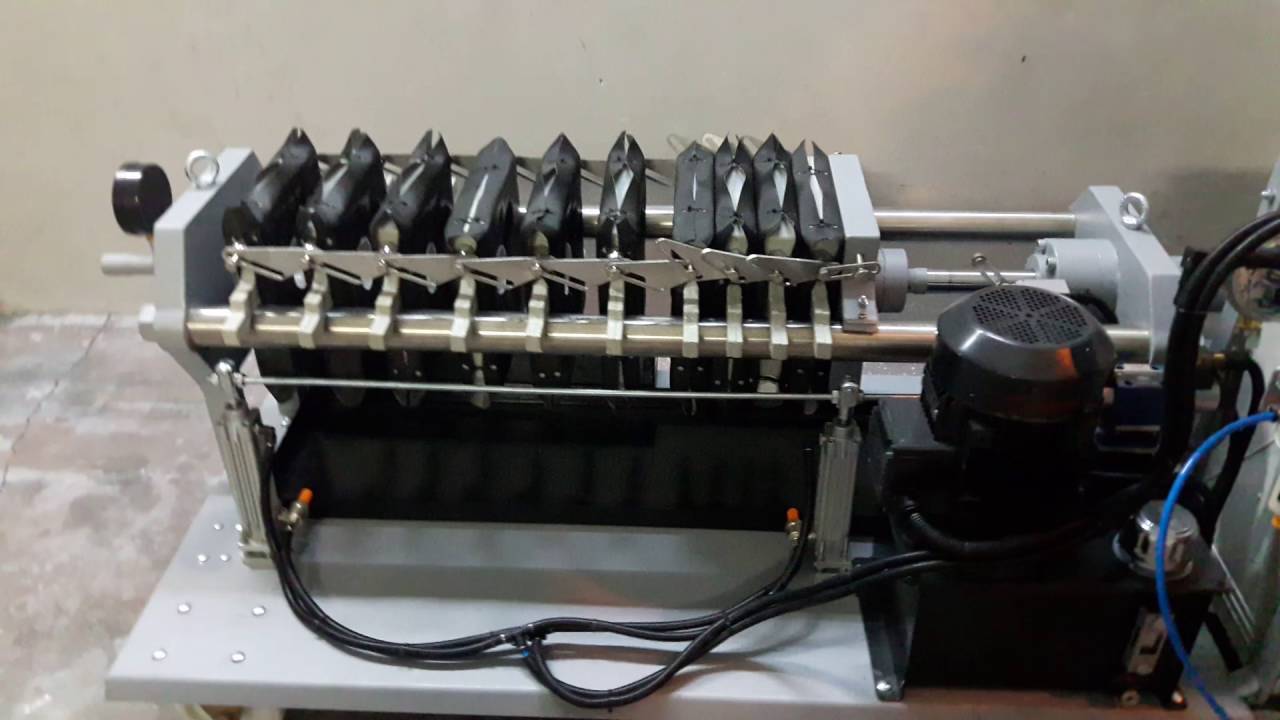Learn about the operation of a filter press and its role in solid-liquid separation. Explore the benefits and applications of filter press operation in various industries. Discover how filter presses work, their key components, and best practices for optimal performance. Read now to enhance your understanding of filter press operation and its importance in industrial processes.
Introduction:
Filter Press Operation: Streamlining Solid-Liquid Separation
Filter press operation plays a crucial role in solid-liquid separation processes across multiple industries. These versatile machines effectively remove impurities and separate solids from liquids, offering various benefits such as high efficiency, cost-effectiveness, and environmental sustainability. In this article, we will delve into the operation of a filter press, its components, applications, and best practices for optimal performance.
Benefits of Filter Press Operation:
Efficient Solid-Liquid Separation
Filter press operation offers several key benefits that make it a preferred choice for solid-liquid separation. Here are the advantages it provides:
- High Efficiency: Filter presses efficiently remove solid particles from liquids, ensuring a high degree of separation. They can process large volumes of slurry and achieve high cake dryness, optimizing productivity and reducing processing time.
- Cost-Effectiveness: Filter presses offer cost-effective solutions by minimizing liquid loss and reducing disposal costs. They enable the recovery of valuable resources from the slurry, such as metals or minerals, maximizing resource utilization and reducing waste.
- Environmental Sustainability: By effectively separating solids from liquids, filter presses contribute to environmental sustainability. They help comply with regulatory requirements by reducing the discharge of pollutants and minimizing the environmental impact of industrial processes.

Operation of a Filter Press:
Key Components and Working Principles
A filter press consists of several essential components that enable efficient solid-liquid separation. Here is an overview of its operation:
- Filter Plates: The filter press comprises a series of filter plates with filter media, usually made of cloth or synthetic materials. These plates provide a filtration surface for capturing solid particles while allowing the passage of the liquid.
- Feed and Filtrate Ports: The slurry, containing solids and liquids, is introduced into the filter press through the feed port. The filtrate, or clarified liquid, passes through the filter media and exits the press through the filtrate port.
- Hydraulic System: The filter press employs a hydraulic system to apply pressure to the slurry, forcing the liquid to pass through the filter media and form a solid cake on the plates. The hydraulic system ensures uniform pressure distribution and efficient separation.
Best Practices for Filter Press Operation:
Optimizing Performance and Maintenance
To maximize the performance and longevity of a filter press, consider the following best practices:
- Proper Filter Media Selection: Choose the appropriate filter media based on the characteristics of the slurry, including particle size, chemical composition, and filtration requirements. Optimal media selection ensures efficient and effective solid-liquid separation.
- Regular Maintenance: Implement a maintenance schedule to clean and inspect the filter plates, filter cloths, and other components. Regular maintenance helps prevent clogging, extends equipment life, and ensures consistent performance.
- Process Optimization: Optimize the operating parameters, such as feed pressure, filtration cycle duration, and cake washing, to achieve the desired separation efficiency. Continuous monitoring and adjustment of these parameters can lead to improved performance and reduced operating costs.
Conclusion:
Efficient Solid-Liquid Separation with Filter Press Operation
Filter press operation is a vital process for effective solid-liquid separation in various industries. Its high efficiency, cost-effectiveness, and environmental sustainability make it a preferred choice for optimizing industrial processes. By understanding the operation of a filter press, its key components, and best practices, you can enhance the performance and reliability of your solid-liquid separation operations.